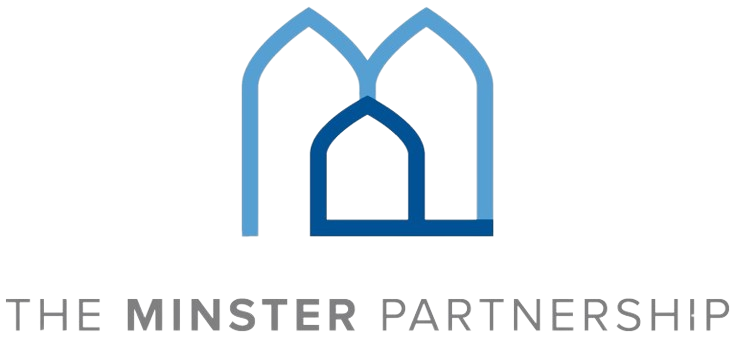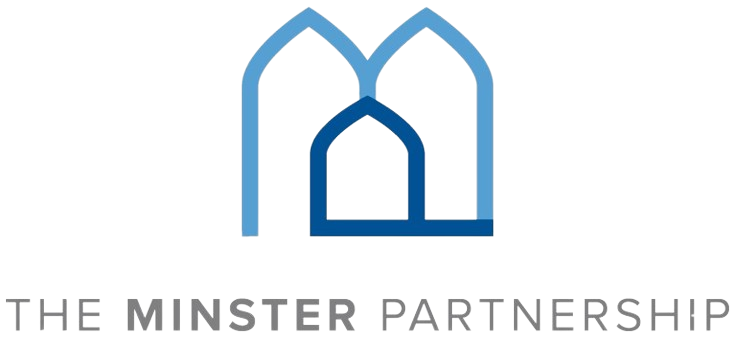NEST — a defined contribution workplace pension scheme — was set up by the UK government to facilitate auto enrolment. As a ‘qualifying’ scheme, NEST can be used by any and all UK employers to make pension contributions. Employers can auto enrol employees in NEST rather than setting up their own pension scheme.
Members can transfer other Defined Contribution pensions they may have into their Nest scheme, should they wish, and are also free to transfer out to another pension scheme, providing they have stopped making contributions into the NEST account.
Although Auto Enrolment is compulsory, membership of NEST isn’t. NEST is, by design, a very simple scheme offering few bells and whistles. Employers with more sophisticated requirements are free to consider establishing other types of workplace/occupational pension schemes.
Key considerations for employers:
1. Which type of scheme are you offering your staff?
Look at the advantages and disadvantages of other employer pension schemes when compared with the NEST scheme. Once you have analysed this, you can then decide which is more suitable for your organisation. A combination of two schemes may be the most appropriate approach initially, with staff eligibility for different schemes contributing to the solution. For example, senior and employed staff being enrolled into an occupational scheme and contract staff being enrolled in NEST.
2. Work on your budgets
Employers have to contribute 3% of every employee’s ‘qualifying earnings’ to their occupational pension scheme, which will have a considerable impact on the costs of the business. If you offer a higher contribution rate, plan for the cost and long-term implications of enrolling all staff on this basis. Look at whether you are making contributions on the full salary amount or band earnings. The key is to budget for these newly introduced measures, so that larger pension contributions do not make a sudden impact on costs. Employers may consider reviewing their total remuneration package in order to absorb these extra costs.
3. Review your current systems to make sure they can cope with the additional administration.
Can your payroll and HR systems cope with any extra administration? This is particularly relevant for any organisations that run both an occupational pension scheme and enrol some staff into the NEST system.
4. Effectively communicate these changes to your staff
Consider how you are communicating these changes to your staff. It is important to try and engage employees with their pension and get them to ‘buy-in’ to your company scheme. A pension scheme is viewed by many employees as an essential part of their benefits package, and when offered as part of the overall remuneration, can add tremendous perceived value to an organisation and the way it views its employees.
Organisations that provide pension schemes above the standard laid out by the government are likely to be a more attractive proposition for new and existing employees and demonstrate a commitment to their workforce.
Employers which offer schemes with contribution rates above the statutory minimum may be interested in applying for a pension quality mark to differentiate their scheme from others. (www.pensionqualitymark.org.uk)
Please contact us for further information and advice.
Home / What We Do / Pensions / National Employment...
Body
NEST — a defined contribution workplace pension scheme — was set up by the UK government to facilitate auto enrolment. As a ‘qualifying’ scheme, NEST can be used by any and all UK employers to make pension contributions. Employers can auto enrol employees in NEST rather than setting up their own pension scheme.
Members can transfer other Defined Contribution pensions they may have into their Nest scheme, should they wish, and are also free to transfer out to another pension scheme, providing they have stopped making contributions into the NEST account.
Although Auto Enrolment is compulsory, membership of NEST isn’t. NEST is, by design, a very simple scheme offering few bells and whistles. Employers with more sophisticated requirements are free to consider establishing other types of workplace/occupational pension schemes.
Key considerations for employers:
1. Which type of scheme are you offering your staff?
Look at the advantages and disadvantages of other employer pension schemes when compared with the NEST scheme. Once you have analysed this, you can then decide which is more suitable for your organisation. A combination of two schemes may be the most appropriate approach initially, with staff eligibility for different schemes contributing to the solution. For example, senior and employed staff being enrolled into an occupational scheme and contract staff being enrolled in NEST.
2. Work on your budgets
Employers have to contribute 3% of every employee’s ‘qualifying earnings’ to their occupational pension scheme, which will have a considerable impact on the costs of the business. If you offer a higher contribution rate, plan for the cost and long-term implications of enrolling all staff on this basis. Look at whether you are making contributions on the full salary amount or band earnings. The key is to budget for these newly introduced measures, so that larger pension contributions do not make a sudden impact on costs. Employers may consider reviewing their total remuneration package in order to absorb these extra costs.
3. Review your current systems to make sure they can cope with the additional administration.
Can your payroll and HR systems cope with any extra administration? This is particularly relevant for any organisations that run both an occupational pension scheme and enrol some staff into the NEST system.
4. Effectively communicate these changes to your staff
Consider how you are communicating these changes to your staff. It is important to try and engage employees with their pension and get them to ‘buy-in’ to your company scheme. A pension scheme is viewed by many employees as an essential part of their benefits package, and when offered as part of the overall remuneration, can add tremendous perceived value to an organisation and the way it views its employees.
Organisations that provide pension schemes above the standard laid out by the government are likely to be a more attractive proposition for new and existing employees and demonstrate a commitment to their workforce.
Employers which offer schemes with contribution rates above the statutory minimum may be interested in applying for a pension quality mark to differentiate their scheme from others. (www.pensionqualitymark.org.uk)
Please contact us for further information and advice.
Warning Text

NEST IS REGULATED BY THE PENSIONS REGULATOR.










